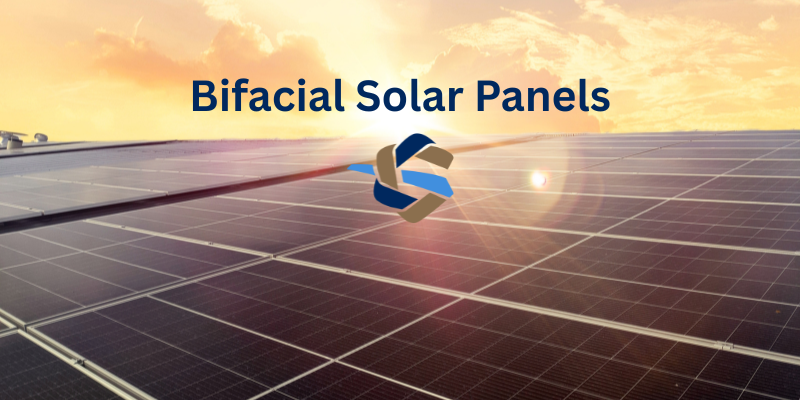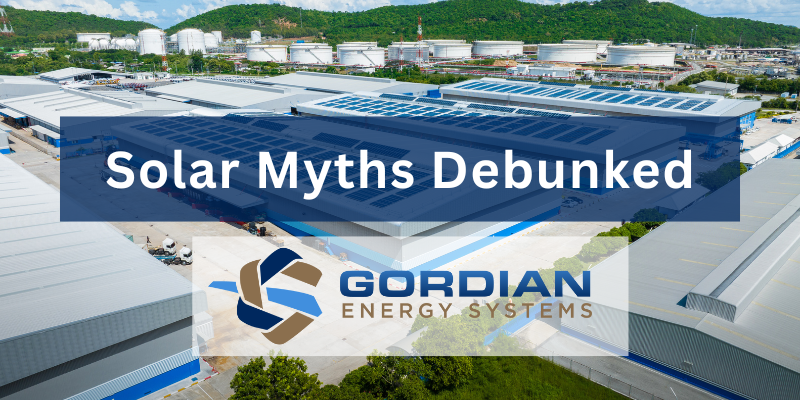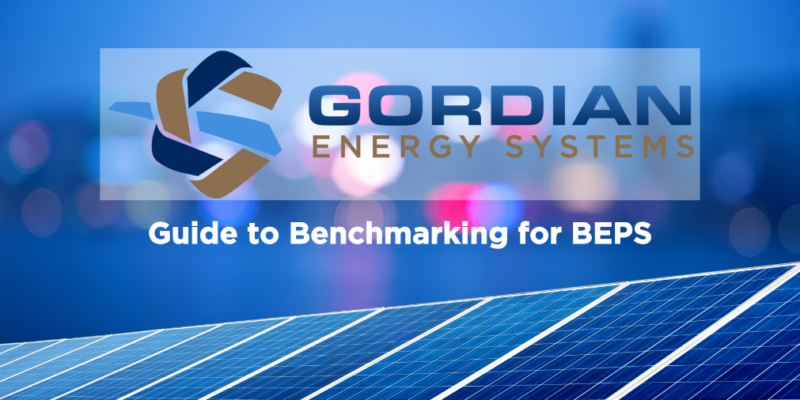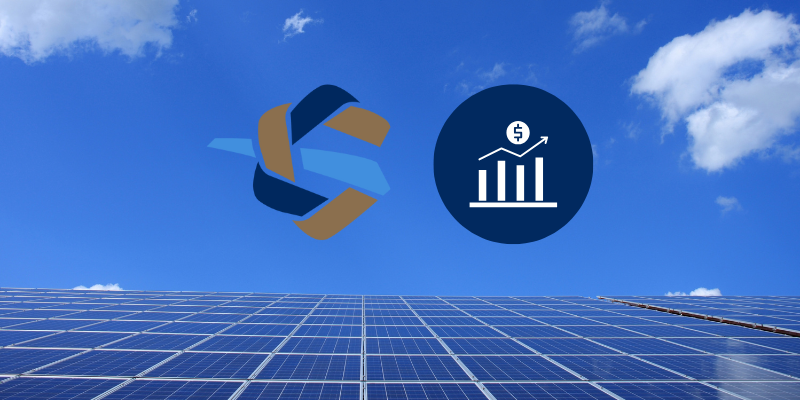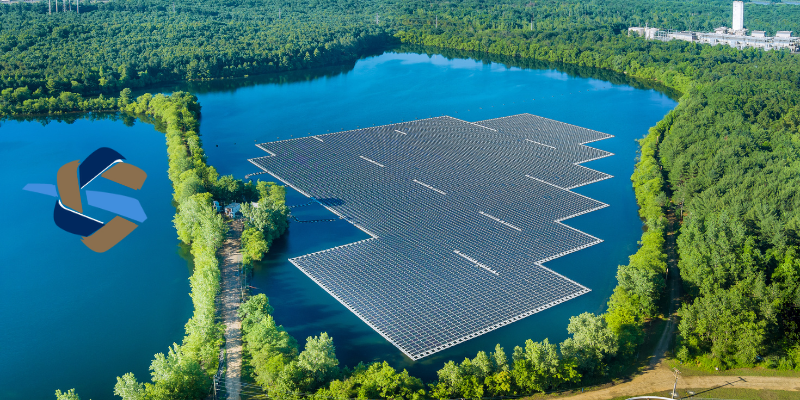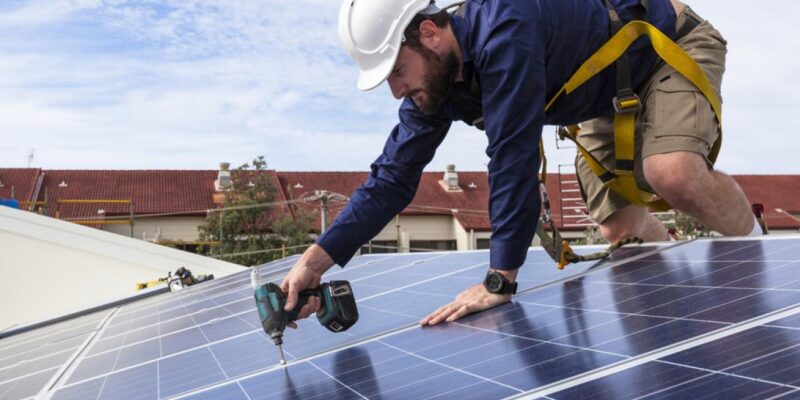As the quest for more efficient solar energy solutions continues, bifacial solar panels are emerging as a game-changer in the renewable energy landscape. Unlike traditional solar panels, which only capture sunlight from one side, bifacial panels are designed to harness light from both the front and the back, significantly boosting their energy output.
Bifacial solar panels are equipped with photovoltaic cells on both sides, allowing them to absorb sunlight that directly hits the front and indirect light that reflects off surfaces behind them. This dual-face design enables these panels to capture more solar energy throughout the day, even in low-light conditions.
Why Bifacial Panels Are a Smart Choice
- Enhanced Efficiency: Bifacial panels can produce up to 20-30% more electricity than their monofacial counterparts. This increased efficiency is due to their ability to utilize reflected sunlight from surfaces such as rooftops, ground, or even snow-covered areas.
- Cost-Effectiveness: Although bifacial panels can be more expensive upfront, their higher energy yield can lead to better returns on investment over time. Fewer panels are needed to achieve the same energy output, reducing overall installation costs.
- Durability: Typically, bifacial panels are built with robust materials to withstand harsh environmental conditions. This added durability often results in a longer lifespan and better performance in various weather scenarios.
- Aesthetic and Functional Flexibility: Their design makes them ideal for installations in areas where space is limited or where maximizing energy output is crucial. They can be used in diverse settings, from commercial solar farms to residential rooftops.
Bifacial solar panels represent an exciting advancement in solar technology, offering greater efficiency and adaptability. As their adoption grows, they hold the potential to revolutionize the way we harness solar energy, making renewable power more accessible and effective than ever before.
Top of Form
Bottom of Form

